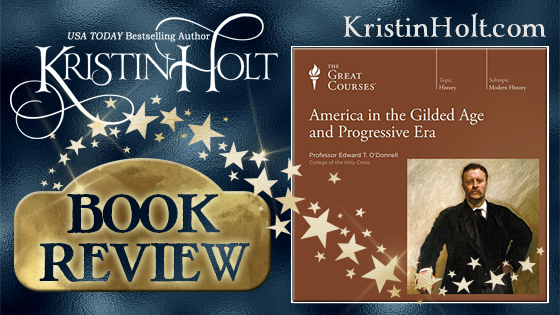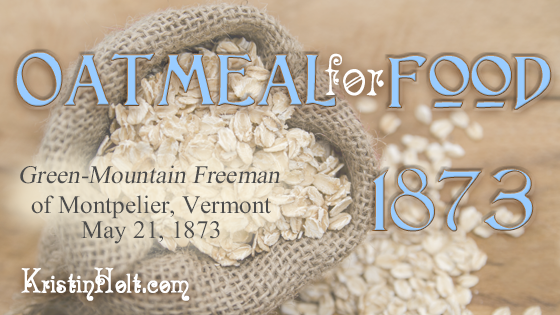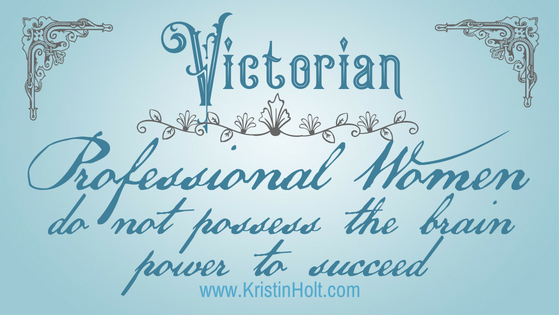
by Kristin Holt | Feb 12, 2020 | Articles
Part 3 of an ongoing series ~
Who knew? Tobacco use in the nineteenth century might surprise you! Without today’s health warnings, tobacco became a favorite vice among men and women of all ages (including children). Numerous vintage sources paint an accurate backdrop of cigarettes, cigars, cigarillos, chewing tobacco, etc., dispelling the myths surrounding tobacco use throughout the American nineteenth century.

by Kristin Holt | Jul 17, 2019 | Articles
I listened to The Great Course’s 12-hour production: America in the Gilded Age and Progressive Era. This audio book title rates a full five stars and I recommend it to all fans of late nineteenth century American life–including those who enjoy it as a backdrop to their favorite fictional tales.

by Kristin Holt | May 15, 2019 | Articles
In support of my other articles about oatmeal in the recipes of Victorian-era Americans, this post contains a lengthy vintage newspaper clipping, an article titled “Oatmeal for Food”. Originally published: Green-Mountain Freeman of Montpelier, Vermont on May 21, 1873. Included as a careful transcription, maintaining formatting, spelling, punctuation, paragraph length, and more. Also includes the digital images from the nearly 150-year old newspaper.

by Kristin Holt | Jun 18, 2018 | Articles
While researching dentistry in 1890 for an accurate setting for my title, Isabella’s Calico Groom, I was quite surprised by how advanced and “modern” (by today’s standards) dentistry was. Significant advances in dentistry had occurred in the previous decades, making dentistry truly “modern” compared to patients’ previous experiences. The sheer quantity and magnitude of improvements in dentistry qualify dentists of the 1890s to claim “Modern Dentistry” in their advertisements.

by Kristin Holt | Jun 16, 2018 | Articles
Nineteenth Century popular belief–wholly supported by Medical Doctors’ and scientists’ claims–genuinely believed that educating females in the same manner as males invited an entire host of disastrous results. Those terrifying results included everything from destruction to the woman’s reproductive system, mental breaks (yes, insanity!), and a long list of physical diseases. Because the vast majority believed these consequences to be true, women weren’t allowed to seek education in a male-dominated classroom. The battle over co-education continued long after the late 19th Century for these reasons. Not only was the woman’s mind and body at terrible risk, should she be educated like a male, but everyone knew a female mind couldn’t take in significant learning.













